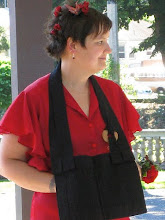Baddha - bound
Kona - angle
Bound Angle Pose
- Tones kidneys while strengthening the bladder and uterus or prostate.
- Improves circulation to the pelvis, abdomen, and back
- May benefit women suffering from cramps, heavy menstrual bleeding, and other symptoms related to both PMS and perimenopause
- Helps to relieve pain caused by herniated disc and/or sciatica
Contraindications:
- People with very stiff lower back and/or legs may need to support sit-bones on a blanket
- Those suffering lower back injury will need to be mindful of keeping the spine long




